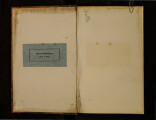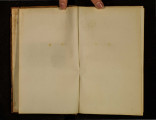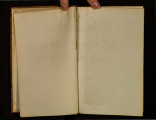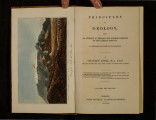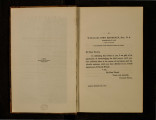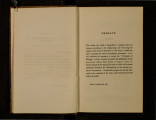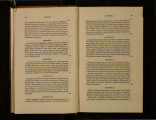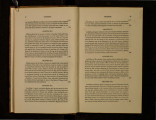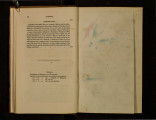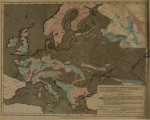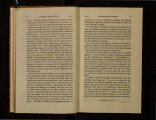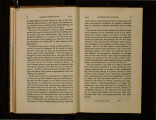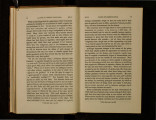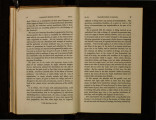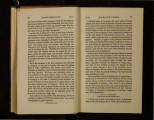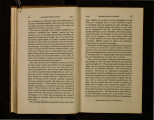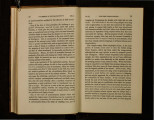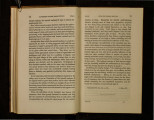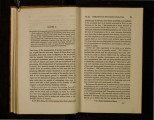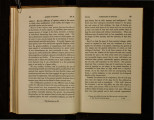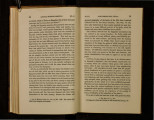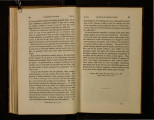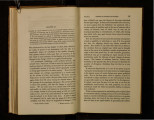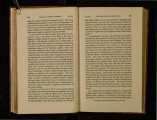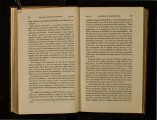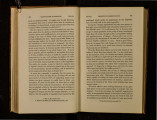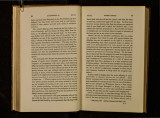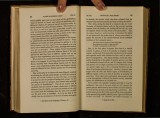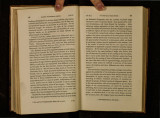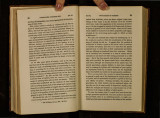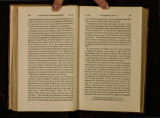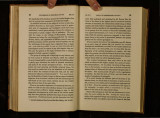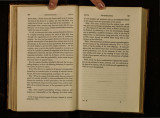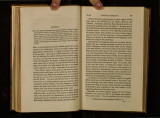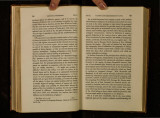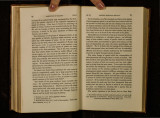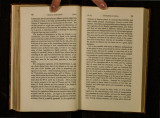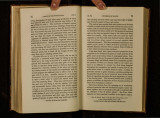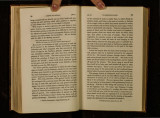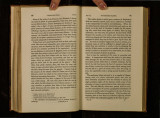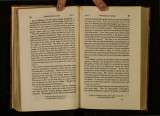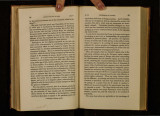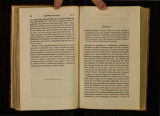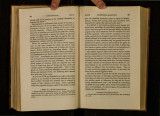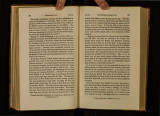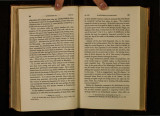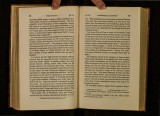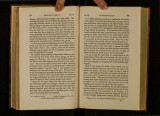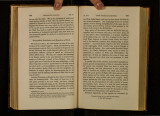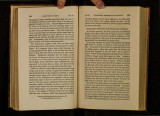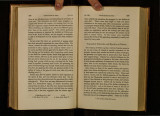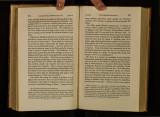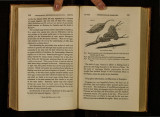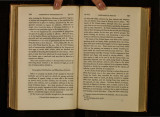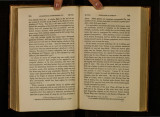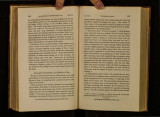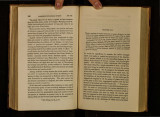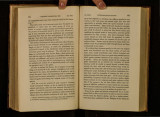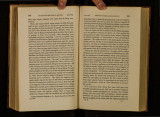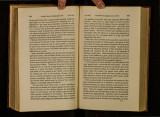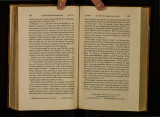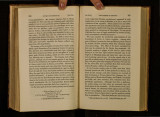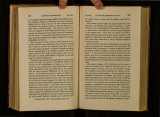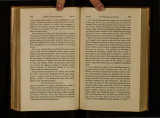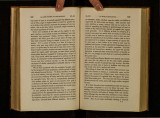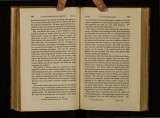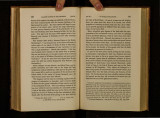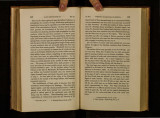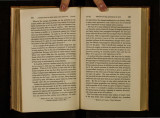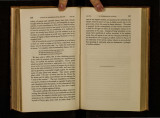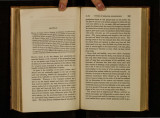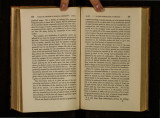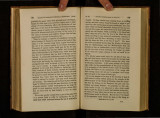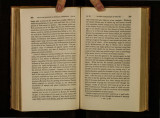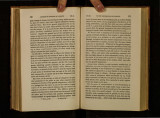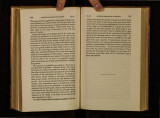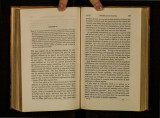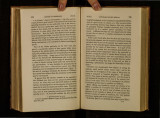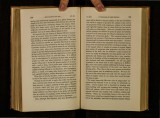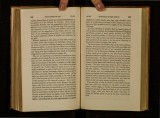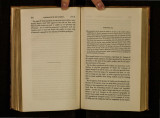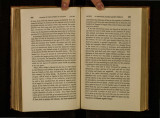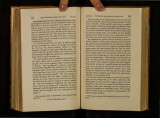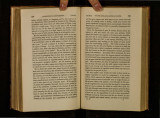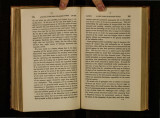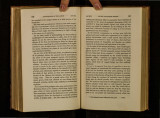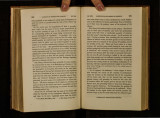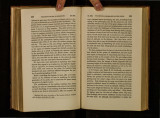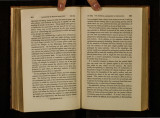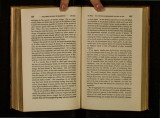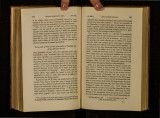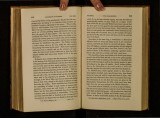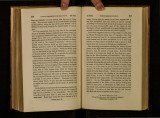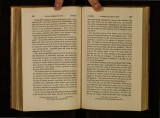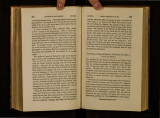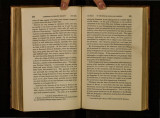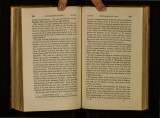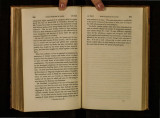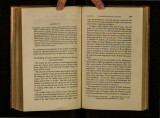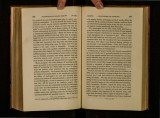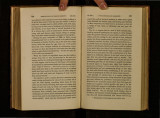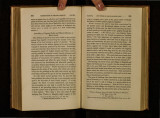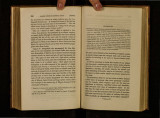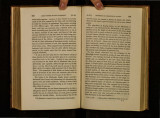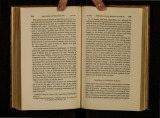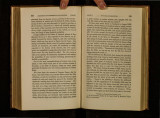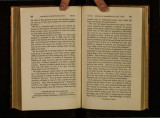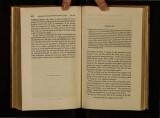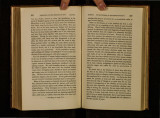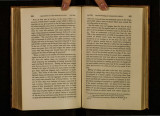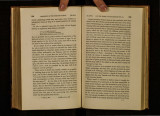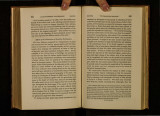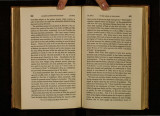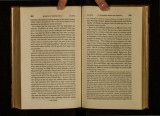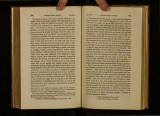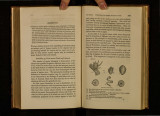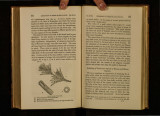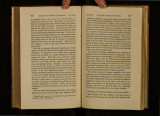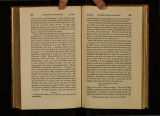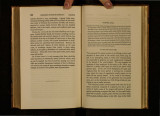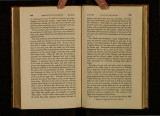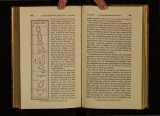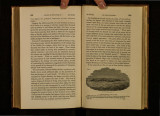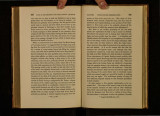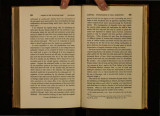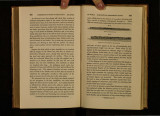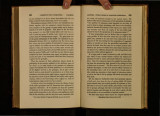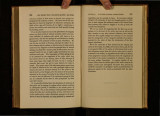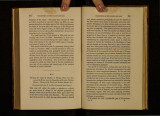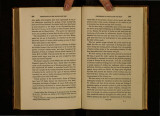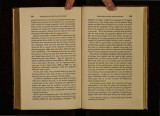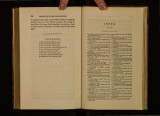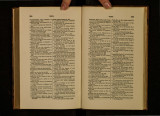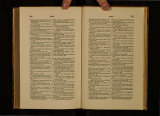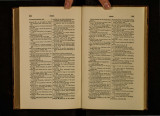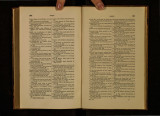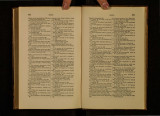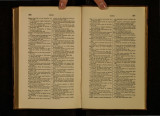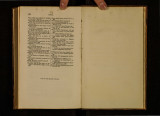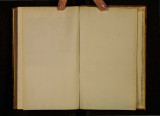| OCR Text |
Show 114 GEOGRAPHICAL DISTRIBUTION AND (Ch•VII. Coni Raconi, Susa, &c. A similar flight at the e~d of the last c' entury 1. s recor d ed b y M · Louch ' in the Memmrs of t. he Acad emy of T urm. . Tl1 e fact is the more worthy of• notice, because the caterpillars of this butterfly are not gregarious, b~t so 11. tary f rom tl1 e roo ment that they are. hatched ; and tl. us . . . d t w111mstmct remams orman , ·1e generatiOn after generatiOn passes away' till it suddenly displays itself in full energy when their numbers happen to be in excess. . . . . Not only peculiar species but certam types dtstm~msh particular countries ; and there are gro~ps, observes .K1rb~, which represent each other in distant regwns, whether m then form, their functions, or in both. Thus the honey and wax of Europe Asia and Africa, are in each case prepared by bees conO'ene' rous w' ith our common hive-bee (Apis, Latr.); w1 l i'1e m. Am:rica, this genus is nowhere indigenous, but is replac~d by Melipona and Trigona ; and in New Holland by a st11l different, but undescribed type*. As almost all insects are winged, they can readily spread themselves wherever their progress is not opposed by un· congenial climates, or by seas, mountains, and other physical impediments ; and these barriers they can sometimes sur· mount by abandoning themselves to violent winds, which, as we before stated, when speaking of floating seeds, maY: in a few hours carry them to very considerable distances. On the Andes some sphinxes and flies have been observed by Hum· boldt at the heiO'ht of nineteen thousand one hundred and ' b • h eighty feet above the sea, and which appeared to hlm to ~ve been involuntarily carried into these regions by ascendmg currents of air t· White mentions a remarkable shower of aphides which seem to have emigrated, with an east wind, from the great hop plantations of Kent and Sussex, and blackened the shrubs and vegetables where they alighted at Selbourne, spreading at the same time in great clouds all along the vale from Farnham to * Kirby anu Spence, vol. iv. p. 497. t Description of the Equatorial Regions-Malte-Brun, vol. v. P· 379. Ch. VII.] MIGRATIONS OF INSECTS. 115 Alton. These aphides are sometimes accompanied by vast numbers of the common lady-bird (Coccinella semptem-punctata ), which feed upon them *· It is remarkable, says Kirby, that many of the insects which are occasionally observed to emigrate, as, for instance, the ~ibellulre, coccinellre, carabi, cicadre, &c., are not usually social msects, but seem to congregate, like swallows, merely for the purpose of emigration t. Here, therefore, we have an example of a~ instinc~ develo.ping itself on certain rare emergencies, causmg unsocial species to become gregarious, and to venture sometimes even to cross the ocean. To the armies of locusts darkening the air in Africa, and traversing the globe from Turkey to our southern counties in England, we need not here allude. When the western gales sweep over the Pampas, they bear along with them myriads of insects of various kinds. As a proof of the manner in which species may be thus diff'used, we may mention that when the ?reole frigate was lying in the outer roads off Buenos Ayres, m 1819, at the distance of six miles from the land, her decks and rigging were suddenly covered with thousands of flies and grains of sand. The sides of the vessel had just received a fresh coat of paint, to which the insects adhered in such numbers as to spot and disfigure the vessel, and to render it necessary p~rtially to r~new the paint~· Captain W. H. Smyth was obliged to repamt his vessel, the Adventure, in the Mediterranean, fr~m ~he same cause. He was on his way from Malta to Tnpoh, when a southern wind blowin(J' from the coas~ of Africa, then one hundred miles distant, drove such mynads of flies upon the fresh paint, that not the smallest point was left unoccupied by insects. !o the southward of the river Plate, off Cape St. Antomo, and at the distance of fifty miles from land several large dragon-flies alighted on the Adventure fri(J'at: during Ca p t am. Km' g ' s late expedition to the Straits of Moa gel'l an. If • Kirby nnd Spence, vol. ii. p. 9, 1817. t V 1 .. 12 t I . d b o . u. p. • + am In e ted to Lieutenant G1·aves, R.N. for this information. I 2 |



